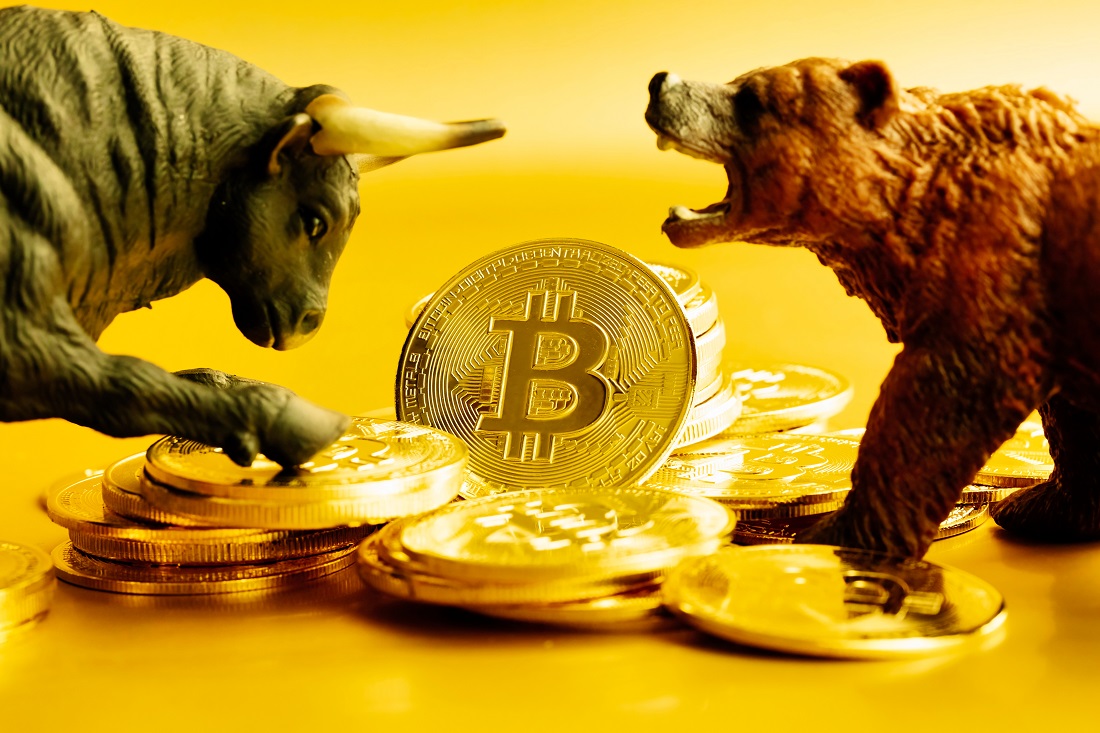Every October, a handful of scientists wake up by a phone call to find out that they have won the Nobel Prize in Physiology or Medicine, Physics or Chemistry.
Started and staining-eyes, they throw a shirt on their pajamas, join a video call for Stockholm and try to explain a lifetime research for the world’s media in a few minutes.
Journalists then try to understand what are the “quantum dots”, or what are “tangled photons”, then file your report, then breathe a sigh of relief by next year. By next week everyone forgot – another flash in an endless news cycle.
Be honest, who really cares about Nobel prices? Are the thesis prices, the first time in 1901, with all their high -class pomp and ceremony, are still relevant today?
Nobel prices help to popularize scientific discoveries. But do they give misconceptions about how discoveries are made? Are they in favor of science from America, Europe and men?
Nobel idea behind Nobel Prize
Nobel prices originated from the last wish of a guilt scientist and the inventor of the will-alphabet Nobel, Dynamite.
Nobel’s goal was to retire excellent science “who would have given the biggest benefit to mankind during the earlier year.”
Nobel prices for scientific progress are meaningful milestones. They give credit how millions of people were protected from rapid vaccine development from severe covid-19 infections, intention of energy saving LED lights and gene editing technologies that have cured previoly untreated diseases.
“He is undoubtedly Mount Everest of Science. Nobel prices show the peak of scientific discoveries, and have an emotional attachment for him,” said “New Delhi, a public health physician and professor in India, Rajab Dasgupta.
If any, prices help us remind us that we are lucky to live in the era of new scientists advances, after DNA, after vaccination, after the principles of Big Bang and Sub-Nuclear particles.
Do Nobel Prices actually inspire people about science?
Nobel prices are definitely a useful way to catch public imagination about science when they are elevated on the platform of mass media.
To what extent the media outlets cover the prices of Nobel, vary by the country, but Dasgupta said that prices are closed after Indian media – and in detail rather than this news.
Dasgupta, referring to science, technology, engineering and mathematics, told DW, “Ruchi comes from an educational inclination towards STEM subjects in India, especially among the middle class,” Dasgupta told DW, referring to science, technology, engineering and mathematics.
Teaching children about Nobel prices is inherent to achieve people interested in science in the Indian school curriculum, as it is worldwide.
Lily Green, a biology teacher at a high school for children aged 11 to 18 in Newbury, UK, said that she tags a historical perspective of Nobel prices in her science classes, but did not follow the award announcements every October.
“We use them to teach more fundamental concepts of science. The best discoveries are to catch the imagination of children with scams or great stories – like [Barry Marshall] The one who infected the hefel with bacteria, to show how they cause ulcers, Green said.
But Green suspected whether the prices of Nobel have played a lot of role in motivating students to study science in the university.
“They are generally imprisoned and are interested in science, not because they want to win a Nobel Prize,” she told DW.
Myth of talented scientist
In the first year of Nobel prices, he was awarded most individual gentle scientists, such as Albert Einstein or Rutherford.
Mary Curie’s gender – in terms of proportion between male and female scientists – was, and still exception. But Curie honored two Nobel Prices, so it was a double exception.
Prices helped to create the idea of genius scientist-one, who carried forward science with their sheer talent.
But in fact, scientific progress is very different, uniquely operated in contemporary research.
Scientific discovery arises from various research fields with cooperation among hundreds of researchers around the world. Science is a community – it is multi -disciplined and different.
Now, Nobel prices are usually divided among groups of scientists. But for every Nobel Prize winner, there are thousands of other scientists, Ph.D. Students and technicians who were part of research – and used – but at the end among the general public, remain uncontrolled.
Green agreed that Nobel prices had a tendency to remove the work of individual scientists, but it seemed that the idea of Solo Genius scientist was decreasing.
“We are teaching more and more that science is a collaborative effort. It helps children to see the amount of work going into scientific discoveries,” he said.
Lack of diversity in Nobel Prices
The biggest criticism of Nobel prices is related to diversity and lack of prejudice towards Western scientific institutions.
In science, the Nobel Prize winner has less than 15% of women.
And very few people from countries outside Europe and America have won the Nobel Prize in Science. The US, UK and Germany dominate the ranking for the number of Nobel Larates, a total of 468 of them. There are eight in China and 12 Nobel Prize winners in India.
Dasgupta said, “Most prices are very eligible, but they are not with politics. Institutions in many countries are being ignored including India. And of course, the Nobel Prize Committees are not as inclusive as they need,” Dasgupta said.
Nobel prices can increase this inequality, which can already increase this inequality by imposing more fines to prices and recognition.
But Dasgupta said that the reality was that institutions in India and other places had to strengthen to compete with America or Europe – then the country of the country caught the talent that they have created.
Edited by: Zulfiker Ebony
Update, October 3, 2025. This piece was published on 30 September 2024. It has been reinstated before the 2025 Nobel Prize announcements.






Leave a Reply